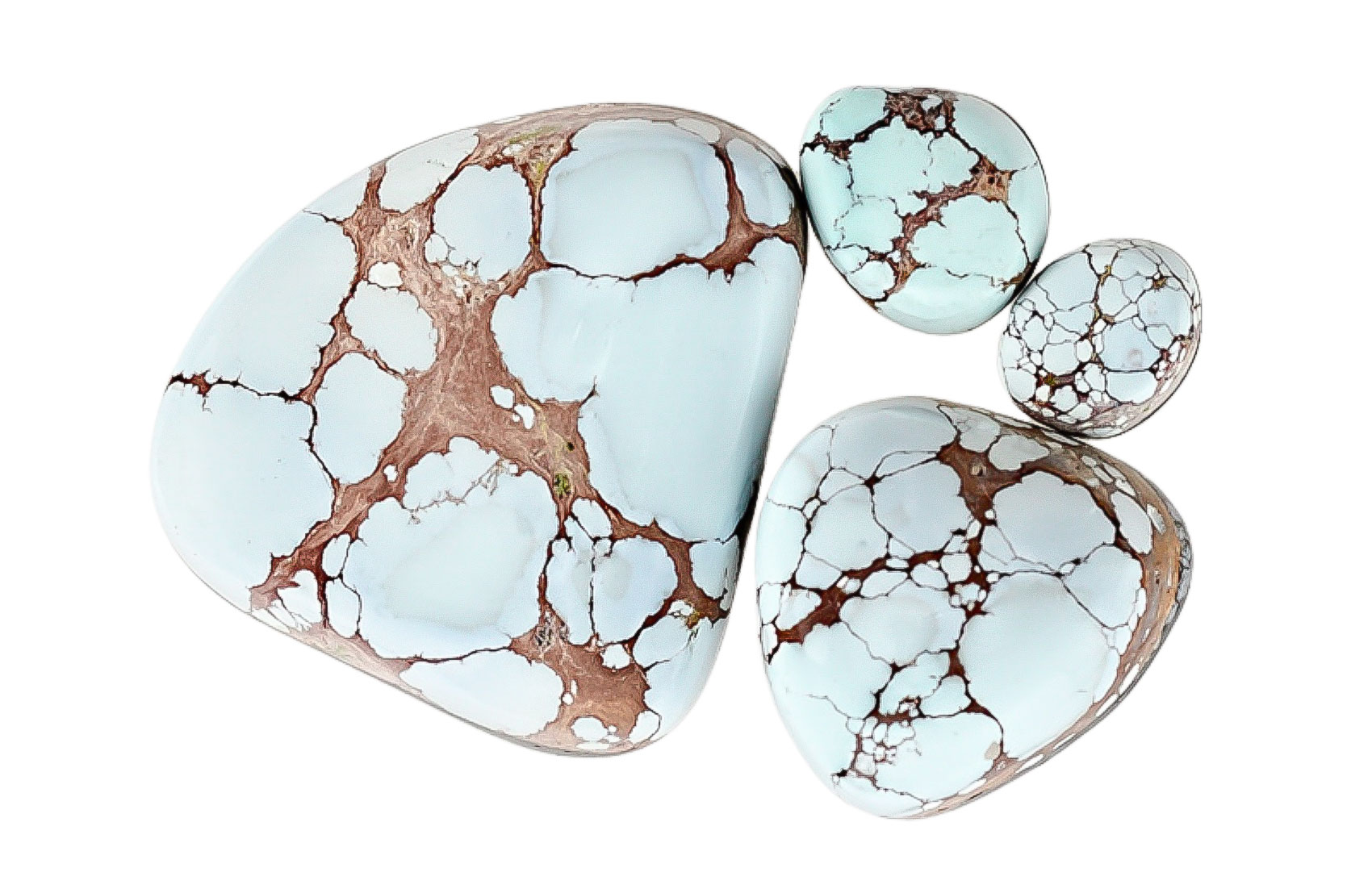- Homepage
-
Jewelry
-
Jewelry Artists
Back Jewelry Artists
-
Apparel & Shoes
Back Apparel & Shoes
-
Designers & Brands
Back Designers & Brands
-
Navajo Weavings
Back Navajo Weavings
- Kachinas
-
For the Home
Back For the Home
-
Turquoise Mines
Back Turquoise Mines
- Adrian Standing Elk Pinnecoose
- Al Joe
- Alvin Monte
- Armenta
- Artie Yellowhorse
- Benson Manygoats
- Bernadette & Arthur
- Bilagaanas
- Billy Jaramillo
- Colina Yazzie
- Cuervo y Sobrinos
- Curtis Pete
- Danny Stewart
- David Rosales/Supersmith
- DeCarol Designs
- Deborah Klezmer
- Edward Bohlin
- Etkie
- Gurhan
- Hoorsenbuhs
- Ira Custer
- JJ Otero
- Jasper Nelson
- Jennifer Kalled
- Joe O'Neill
- Joe Pacheco
- Joseph Coriz
- Justin Biltonen
- Kevin Garcia
- Kevin Randall
- Kit Carson
- Kwiat
- Kyle Lee-Anderson
- Lambert Eustace
- Lee Charley
- Leon Martinez
- Leonard Nez
- Leslie Nez
- Mario Chavez
- Matthew Charley
- Matthew Herring
- Michelle Tapia
- Miles Standish
- Nestoria Coriz
- Randy Montoya
- Rebekah Chamberlin
- Ruben Saufkie
- Scott Diffrient
- Stewart Yellowhorse
- Tim Yazzie
- Tommy Jackson
- Trent Lee-Anderson
- Virgina Tso
- Wayne Aguilar
- White Buffalo
- Zia Designs
- Men's Belts
- Women's Belts
- Women's Booties
- Men's Boots
- Men's Casual Shirts
- Men's Chinos
- Women's Coats and Jackets
- Women's Denim
- Men's Dress Pants
- Men's Dress Shirts
- Women's Dresses
- Men's Duffle Bags & Backpacks
- Women's Eyewear
- Men's Eyewear
- Women's Flats
- Men's Formal Wear
- Women's Handbags
- Women's Heels and Pumps
- Men's Jackets and Blazers
- Men's Jeans
- Men's Joggers
- Women's Knitwear
- Women's Leggings
- Men's Loafers
- Men's Monkstraps
- Women's Mules and Slides
- Men's Outerwear and Pullovers
- Men's Oxfords
- Women's Pants
- Men's Pants
- Men's Polos and T-shirts
- Women's Sandals
- Women's Scarves and Shawls
- Men's Scarves, Hats, Gloves
- Women's Shirts
- Women's Shorts
- Men's Shorts
- Women's Skirts
- Women's Sneakers
- Men's Sneakers
- Men's Suits
- Women's Sweaters
- Men's Sweaters
- Men's Swimwear
- Women's Tops
- Contemporary Burntwater
- Contemporary Chief Blankets
- Vintage Chief Blankets
- Vintage Chinle
- Contemporary Crystal
- Vintage Crystal
- Contemporary Dazzler
- Vintage Dazzler
- Contemporary Ganado
- Vintage Ganado
- Vintage Germantown
- Contemporary Klagetoh
- Contemporary Pictorial
- Vintage Pictorial
- Contemporary Red Mesa
- Vintage Red Mesa
- Contemporary Revival
- Contemporary Saddle Blankets
- Vintage Saddle Blankets
- Contemporary Storm
- Vintage Storm
- Contemporary Teec Nos Pos
- Vintage Teec Nos Pos
- Vintage Transitional Blankets
- Contemporary Tree of Life
- Vintage Tree of Life
- Contemporary Two Grey Hills
- Vintage Two Grey Hills
- Vintage Western Reservation
- Contemporary Wide Ruins
- Contemporary Yei/Yeibechai
- Vintage Yei/Yeibechai

